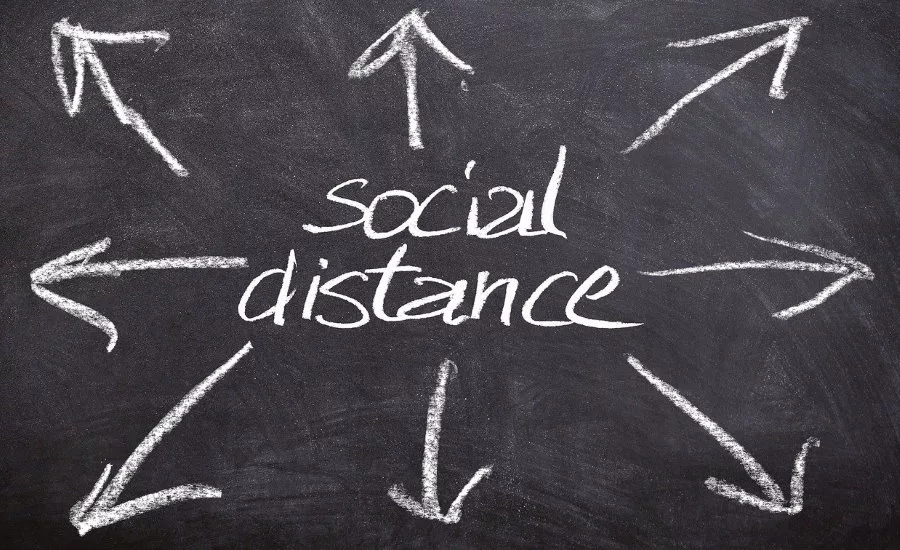Five tips for communications during the Coronavirus crisis

As we’ve learned from the fallout regarding the COVID-19 this is a very unsettling time for businesses, and it has created many challenges for manufacturers, as well as their team members and customers. It’s important during times of crisis, such as we are experiencing, to maintain a calm, collected brand voice and keep the channels of communication open with customers, team members and stakeholders.
Here are five tips for effective communications during the COVID-19 crisis:
Form a communications leadership team
Have representatives from every aspect of your business—C-suite, Marketing, HR, Operations, Sales, Legal, etc. so that you receive input on the different perspectives of how the crisis is affecting the individual departments and their functions. This team can vary in size based on the size of your company and should include a chain of command. From this team, appoint one or two official spokespersons that will be the only ones providing information on behalf of the organization.
At least in the short term, the team should meet at a bare minimum once a day. As the situation fluctuates, your team should expect to meet sometimes multiple times per day.
Establish a COVID-19 communications plan
As a team, assess the situation and determine the messaging as it pertains to your business. Prioritize the audiences that require communications with the first audience obviously being your own employees. Employees need to be calmed and reassured of any concerns that they may have. Will the office/plant remain open? What if an employee becomes ill with the virus? Customers will have questions. Will there be product shortage? Will customer service be in place to help them, if needed?
The media may have questions. Will the manufacturing plant remain operational? Are any employees infected?
Ideally, as an organization, you already have a crisis plan template in place, which you can dust off and update to reflect the current pandemic situation.
Be proactive, not reactive, and over-communicate rather than under-communicate
The COVID-19 crisis is a fluid situation that is changing every day, if not every hour, and is predicted to go on for weeks, if not months. There’s no “waiting to see what happens next” before communicating. It’s OK to communicate to your audiences that you are taking the situation one day at a time or you are waiting for official mandates, but you need to let them know how your organization is on top of the situation and that they can expect ongoing updates as they are available. If you are continually providing timely updates, your audiences are going to feel more comfortable and calmer about the situation.
Err on the side of over-communication, but at the same time, if you don’t have any new updates it isn’t necessary to send out a communication. Let updates in the situation dictate the necessity for your communication.
Consistent, positive messaging
Make sure your messaging is consistent and reflective of your brand. While the communication vehicles (e-mail, blog post, website, memo, media statement, social media posts) may vary, the facts should be consistent from one audience to another. Use the communication vehicles that your audience is accustomed to receiving from you, to communicate your information. Now is not the time to launch a new social media platform, for an example, and begin communicating that way.
Ensure the messaging is targeted to the needs of the individual audiences and communicate in a tone that is calm and positive.
Plan for the what-ifs
Be prepared and have a plan for the “what ifs.” Anticipating potential situations positions your organization to avoid rumors or misinformation that have a way of traveling faster than the facts. Consider developing an FAQ document with business questions your customers will ask and continue the communications even after things have returned to normal.
Above all, stay calm. We’re all in this together. While it is often impossible to know what the future holds in times of crisis, having a clear, concise plan and messaging in place will help mitigate confusion, misinformation and other factors that can bring unnecessary stress to your team and customers. Monitor the situation as closely as you can and be sure to frequently update this messaging to reflect the latest news regarding the outbreak.
Looking for a reprint of this article?
From high-res PDFs to custom plaques, order your copy today!








